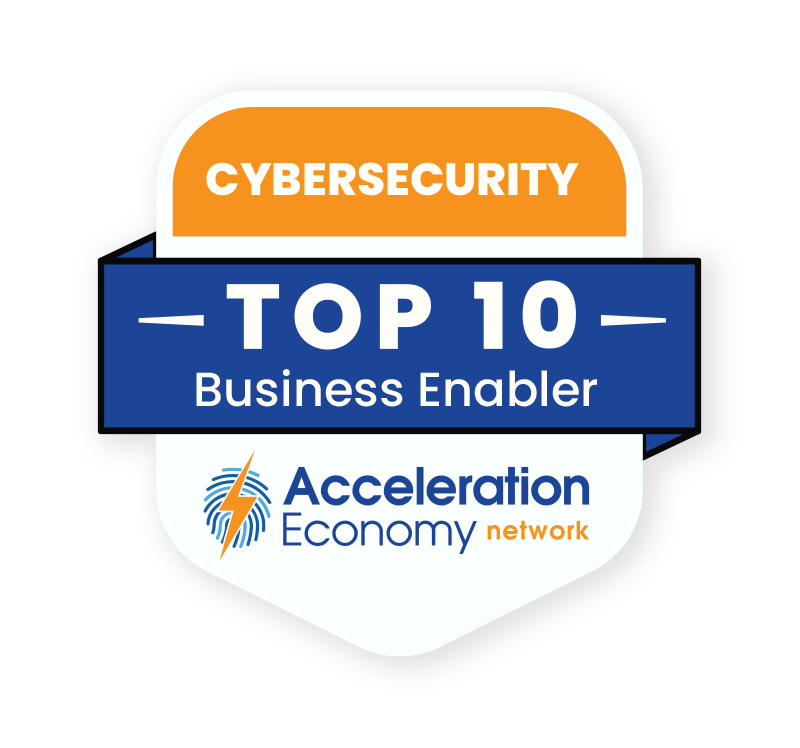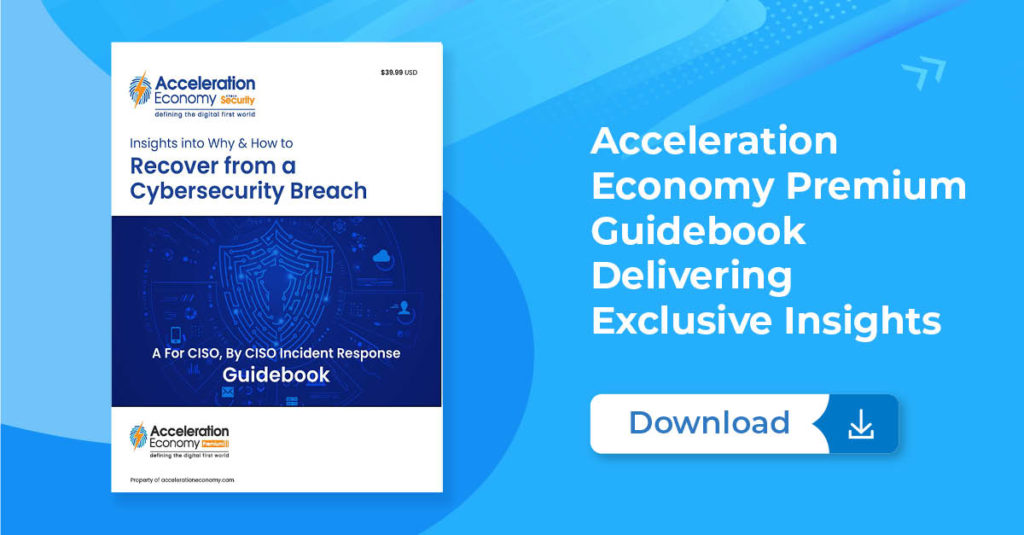Cloud computing has quickly become a popular option for organizations due to its scalability, flexibility, and cost-effectiveness, among other benefits. Despite these advantages, cloud-based systems come with their own unique set of specific endpoint security concerns. Businesses need to be aware of these challenges in order to protect their sensitive data and apps from being compromised by malicious actors.
In this analysis, we will discuss the unique problems that endpoint security presents in the cloud and what you need to know to keep your cloud-based systems secure.
What Are Endpoints?
Endpoints be anything from laptops and desktop computers to mobile phones and servers. Any of these devices can serve as a doorway for hackers to gain access to sensitive data or applications.
Picture a scenario where an employee uses their work laptop and connects to an unsecured public Wi-Fi network, which turns them into a potential hacker target. By exploiting vulnerabilities, a hacker could gain unauthorized access not only to the laptop but also, potentially, to other cloud systems within the organization’s network.

Which companies are the most important vendors in cybersecurity? Check out
the Acceleration Economy Cybersecurity
Top 10 Shortlist.
Endpoint Security Concerns
One of the biggest concerns for endpoint security in cloud-based systems stems from the shared responsibility model. Organizations might assume that the cloud service provider (CSP) is solely responsible for securing the data and applications stored in the cloud. However, with the shared responsibility model, the cloud provider is responsible for securing the infrastructure, and the organization secures the actual data and applications.
Another endpoint security concern comes out of the dynamic nature of cloud-based systems. In the cloud, endpoints can be added, moved, or deleted at any time. This differs from on-premises systems, in which endpoints are fixed. This can create security gaps if not managed properly. Endpoint security tools need to be able to adapt to these changes and provide real-time visibility and control over all endpoints in the cloud environment.
Cloud-Specific Security Measures
To address these unique concerns, organizations should employ a number of endpoint security measures specific to the cloud.
Tools
One important measure is to leverage cloud-based threat intelligence and security analytics tools, such as Cisco Umbrella, CrowdStrike Falcon, and Palo Alto Networks WildFire, to detect and respond to threats in real time. These tools can provide organizations with advanced threat detection and response capabilities, and they help prevent data breaches and other security incidents.
The right tools are important in the cloud because threats can come from a variety of sources and can be more challenging to detect and respond to. Unlike on-premises systems, the cloud introduces a more dynamic and distributed infrastructure, where resources and data are spread across various locations and shared among multiple tenants.
I can recall a time when our team received an alert indicating a potential malware infection within our cloud environment. Our analysts were able to gain visibility into the domain traffic and identify suspicious patterns indicating a connection to a known malicious server and quickly spring into action. They performed a detailed analysis and were able to identify the specific malware variant based on behavioral indicators associated with the attack. Armed with this information, the team was able to isolate the affected cloud instance and prevent further spread of the malware.
Access Controls
Another measure is to implement strong access controls, such as multi-factor authentication and role-based access, to ensure that only authorized users have access to cloud-based systems and data. This can help prevent unauthorized access and mitigate the risk of data breaches and other security incidents. The shared responsibility model means more potential entry points for attackers to gain access to sensitive data, which makes strong access control of particular importance.
Monitoring
Additionally, organizations should monitor user activity and behavior for signs of unusual or suspicious activity. Monitoring can help detect and prevent insider threats, such as employees attempting to steal sensitive data or compromise cloud-based systems.
In the cloud, monitoring user activity and behavior can be more difficult, making it easier for malicious insiders to go undetected. The dynamic and distributed nature of resources, coupled with the scale and complexity of cloud infrastructures, can create a higher volume of user activities, making it harder to differentiate normal behavior from potentially suspicious actions. Moreover, the cloud often involves multiple users, teams, and third-party integrations, adding further complexity to the monitoring process.
To deal with these difficulties, organizations should adopt advanced security monitoring solutions specifically designed for the cloud. These solutions leverage machine learning (ML) algorithms, behavioral analytics, and anomaly detection techniques to identify patterns of behavior and detect potential insider threats. They help establish a baseline of normal user activities, allowing security teams to spot deviations and flag suspicious behavior promptly.
Final Thoughts
Endpoints require regular patching and updates to address vulnerabilities and prevent security breaches. This holds true for both on-premise and cloud-based systems. Endpoint security tools play a crucial role in automating these processes, ensuring that endpoints are consistently up-to-date and secure. By proactively managing and maintaining the security of endpoints, organizations can reduce the risk of exploitation and strengthen their overall security posture.
Endpoint security is as important in the cloud as it is for on-premise systems. Organizations need to clearly understand their security responsibilities in the cloud and invest in endpoint security tools and strategies that can provide real-time visibility and control over all endpoints. With the right endpoint security measures in place, organizations can enjoy the many benefits of cloud computing while also protecting their sensitive data and applications.
Want more cybersecurity insights? Visit the Cybersecurity channel:








